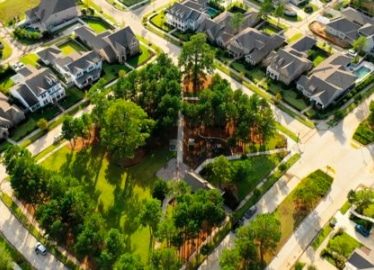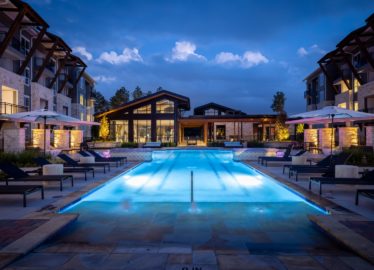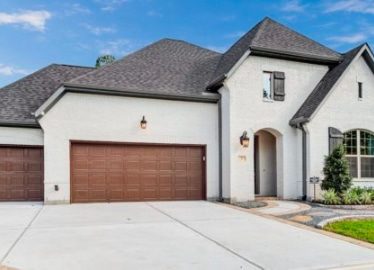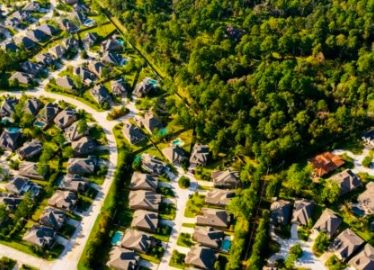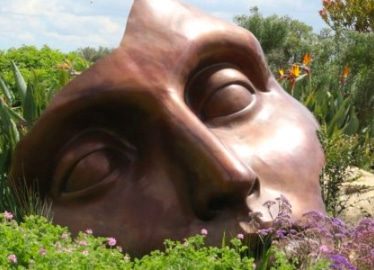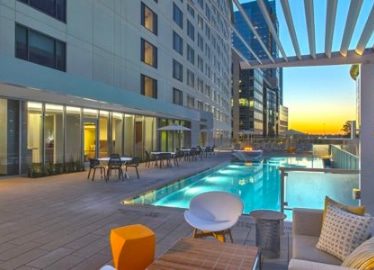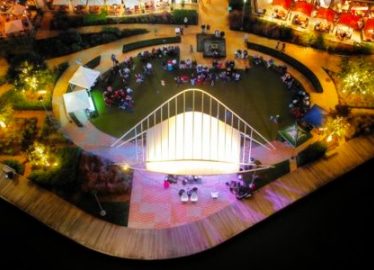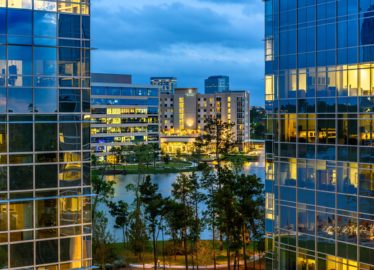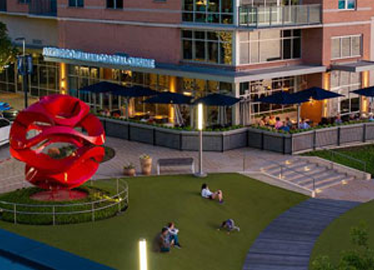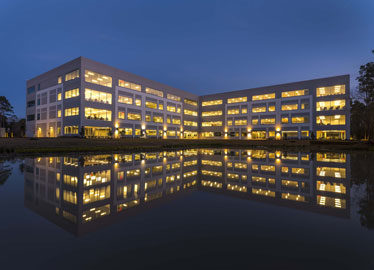It’s Already in our Nature
Well before words like sustainability and phrases like forest bathing and getting your nature fix became vogue, The Woodlands was a trendsetter, providing residents with a nature centric lifestyle across 7,709 acres of open green space. The Woodlands thrives on nature. With the community dedicated to the great outdoors, nature trails and the environment, it is important to understand sustainability.
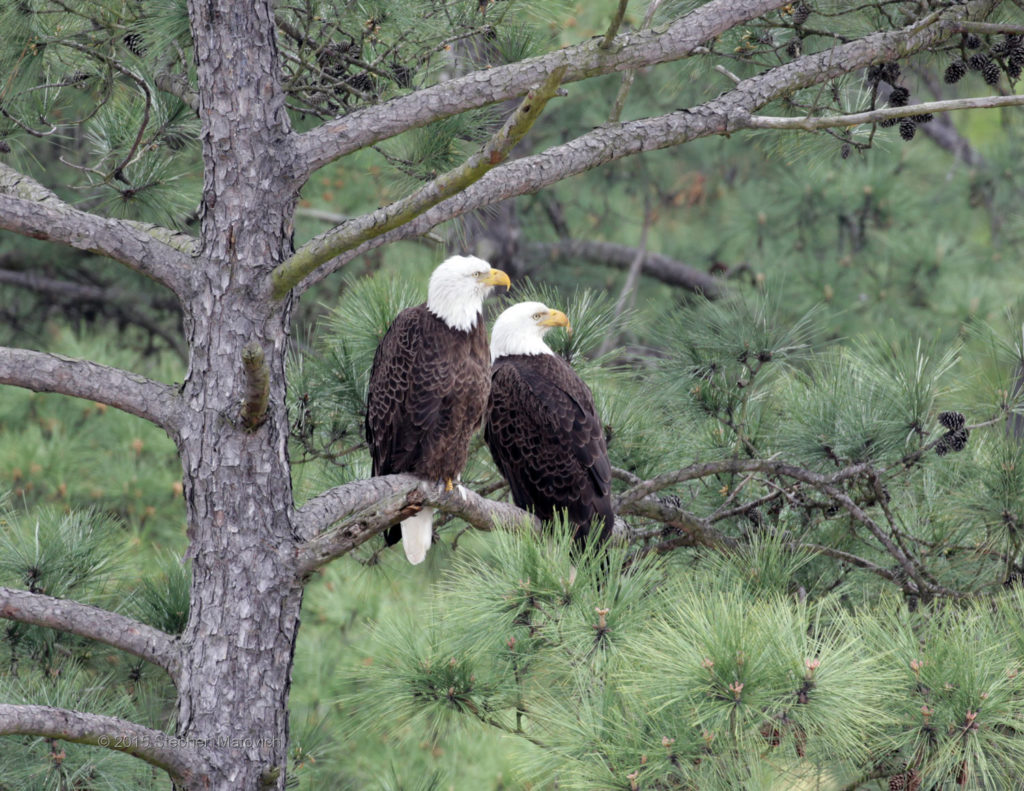
What is sustainability?
Mitchell Grant writes on Investopedia.com that sustainability focuses on meeting the needs of the present without compromising the ability of future generations to meet their needs. The concept of sustainability is composed of three pillars: environmental, social and economic — also known informally as planet, people and profits.
How does it work?
Sustainability encourages businesses to frame decisions in terms of years and decades and careful consideration for the environment (planet) and the social fabric of an area (its people).
Could nature be exalted while developing a successful residential, commercial and retail community? The Woodlands answered with a resounding YES with a 28,500-acre, award-winning master planned community that is home to an unprecedented 28% of open green space including 220 miles of hike and bike trails, 148 neighborhood parks, 7 lush championship golf courses and the 200-acre lifeblood of the community, Lake Woodlands. All of it—communing with wildlife.
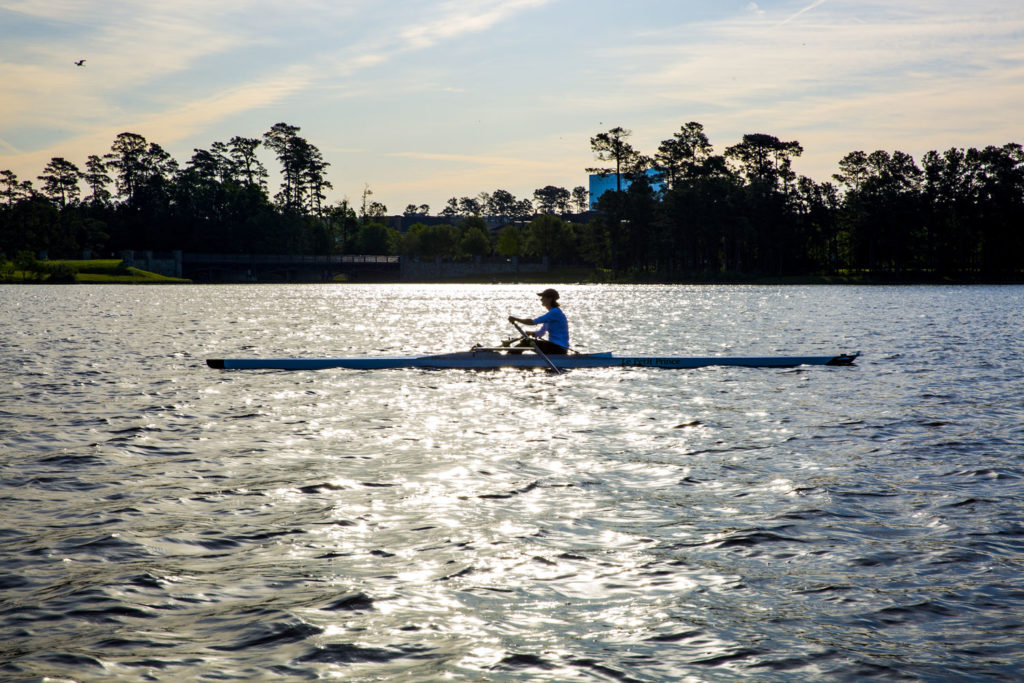
The Woodlands is always featuring ways to connect with nature through recreational programs, water sports activities at Lakes Edge and Riva Row Boat Houses, sports leagues and youth programs. Rock The Row events have brought locals and nature together in concert at Hughes Landing. Also, the Summer Movie Night series in Creekside Park Village Green allows residents to enjoy movies on the lawn.
The first stages of development for The Woodlands began in 1974. American businessman George Mitchell purchased the initial acres, a former lumber mill, located 27 miles north of Houston with environmental consultant Ian McHarg leading the sustainability charge. This original plan resulted in 25% of the total land area being declared off-limits for building (The Woodlands has exceeded this plan with 28% devoted to open space). This land would instead be designated as lakes, golf courses, forest preserves, parks and natural wooded buffers. This policy has led to a screening of trees and undergrowth in front of developments along roads. The result is that instead of buildings, parking lots and huge commercial signs, one sees nothing but trees while traveling through the community.
Other goals of the original master plan included:
- Minimum disruption of the hydrological regimen of the ground plane’s surface and subsurface.
- Establishment of a natural drainage system in the form of floodplains, swales and ponds.
- Protection of wildlife habitats and movements corridors so that wildlife living on the site might remain.
The Woodlands was a pioneer in preservation and sustainability (back then it was simply called “doing what’s right”), and The Howard Hughes Corporation continues to champion this spirit further as sustainability is also at the heart of this company’s vision, mission and goals.
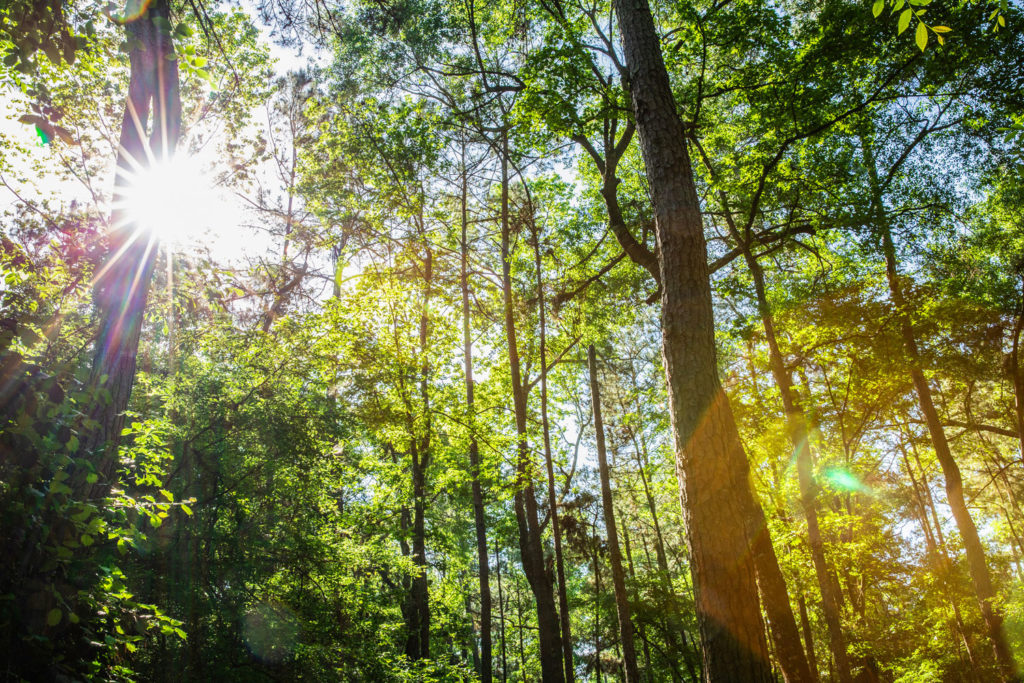
“Our vision is to plan, develop and nurture our communities as we build extraordinary places, which are ecologically, socially and economically responsible and provide homes for residents to live, work, play, learn and discover,” added Gautami Panki, Vice President of Sustainability for Howard Hughes.
Today, in all three of Howard Hughes’ regional communities – The Woodlands, Bridgeland and The Woodlands Hills – one can see thriving ecosystems co-existing with residential and commercial spaces, enhancing water flow management and carbon sequestration programs.
“It’s our focus on sustainability and resiliency that sets us apart from other master planned communities (MPC),” explains Health Melton, Executive Vice President, MPC, Residential for Howard Hughes. “We live where we are developing land, and therefore, are interested in sustainability not only for the future of our own families and neighbors, but for all of nature’s creatures. We are stewards of multiple ecosystems and it’s our job to make them thrive and in some cases bring them back into the area.”
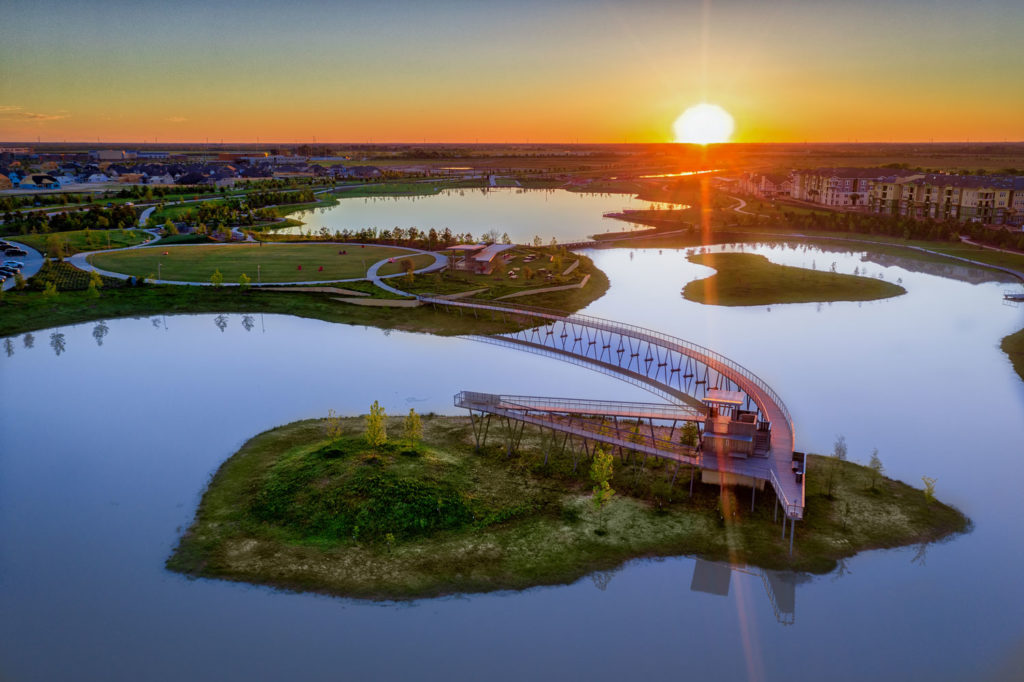
Bridgeland is an 11,500-acre master planned community being developed by Howard Hughes in Cypress. It will be home to 65,000 residents when complete. Like its predecessor The Woodlands, its site plan centers on scenic lakes that improve water quality, irrigate during droughts, and draw residents to common areas for recreation. These lakes form a stormwater system that exceeds local design requirements. Wonderfully, it has helped return these former rice fields into a birder’s paradise.
Melton, who resides in Bridgeland, was in his own backyard which overlooks Hidden Creek Lake, when, suddenly, a large flock of Pelican birds came to rest on the water. It wasn’t just an awesome feast for the eyes, it was an environmentally significant spectacle, because Pelicans had not used this migration route as a resting spot until we created the lake and the habitat. Truly, a nature fix and a reflection of the sustainability practices put in place.
As The Woodlands continues to be a community engaging with nature, we invite companies looking to relocate to consider this award-winning master planned community. To view office space opportunities in The Woodlands, visit here.

